Swedish Culture Comes Stateside at Sockerbit
A Bright Future for International Candy
It was in 1946 at a mental asylum in a town called Lund, on the southernmost tip of Sweden, where a series of experiments were carried out on more than six hundred patients that would leave them permanently disfigured.
No, this is not the logline for some C-level horror flick. It’s more like a twisted, real-life version of Willy Wonka—without the quirky orange men, and definitely no golden ticket. And their dark tale inspired a warning that would frighten children all over the world for generations to come.
In the early twentieth century, premature tooth decay was not only common, it was practically an epidemic. Societies knew dental health needed to be addressed, but resources were limited and the understanding of how to not only treat but prevent such issues was not yet understood. There was speculation that carbohydrates and sugar were contributing factors, but no research existed to provide definitive proof.
In an unlikely collaboration between the dental community and the sugar industry, those patients at Vipeholm Mental Hospital were selected for a study. They were fed caramels specially formulated to be extra sticky and sweet, four to six times per day; and as you may have guessed, the theory was proven. By the time the experiments were complete, their teeth were utterly ruined.
The Vipeholm patients’ story would evolve to become the cautionary tale that has terrified many a child—echoing in the back of my own mind whenever I reach for another handful of Hershey’s Kisses or Sour Patch Kids to this day. Too much candy will rot your teeth.
But the right amount of candy, on the other hand, now that can be pure happiness. And so it is from this bleak origin story that a colorful cultural tradition emerged in Sweden: lördagsgodis.
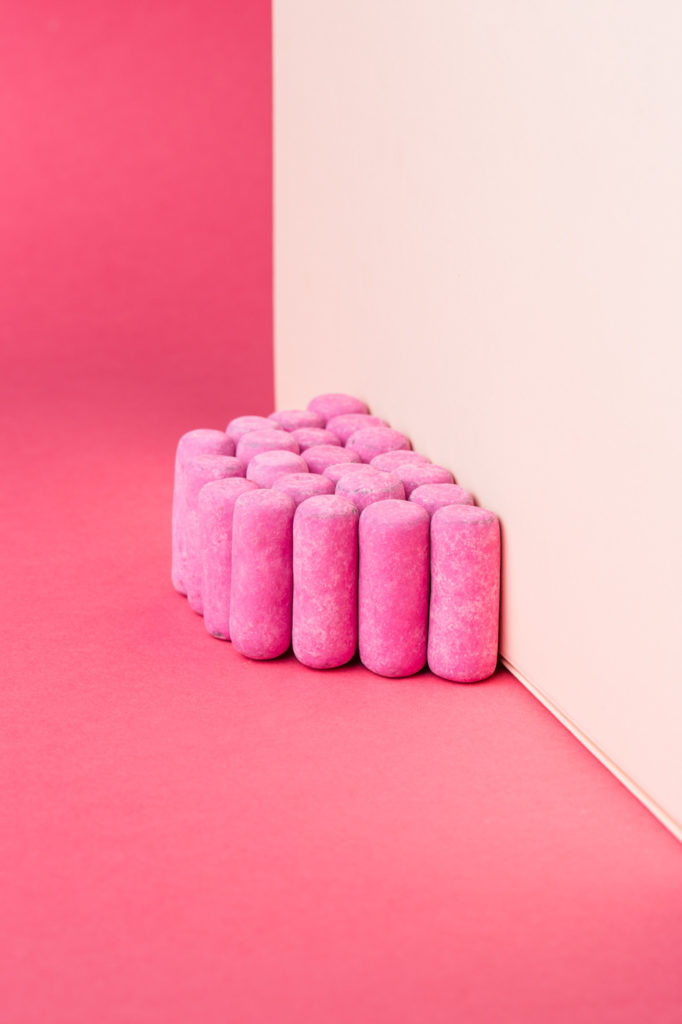

______
“Most of the Swedes grew up with the tradition of lördagsgodis, meaning Saturday sweets,” explains the website of Sockerbit, a stateside company that imports Swedish candy to their boutiques in New York City’s West Village, Los Angeles’ West Third promenade, and Anaheim, California.
“For Steffan, it was part of his childhood,” Florence Baras tells me, when I speak with co-founders and married couple behind the stylish candy company. Of her husband, Steffan Ernberg, Baras says, “When he was little he would get a few Swedish crowns and use those to go get candy on Saturdays. That was the highlight of the week.”
This special candy day isn’t just for kids, according to Baras and Ernberg. “Scandinavians are crazy. Even my mother-in-law who is eighty will still go crazy for a bag of candy on Saturdays,” Baras says. In Sweden, candy isn’t some cursory compliment to a bag of movie theater popcorn, or a regrettable meal replacement on a busy day. It’s a lifestyle.
After the results of the Vipeholm experiments became public, Sweden adopted a novel solve—moderation. Such a simple, pragmatic fix is representative of the Swedes, who seem to always be monitoring and improving, for the health of the country’s people and environment. Too much pollution? Less packaging. Too much traffic? More bicycles. Too much sugar? A culturally recognized and encouraged day of indulgence for citizens of all ages.
It was with this in mind that Baras and Ernberg were inspired to open their candy shops. The couple, who immigrated to the U.S. and opened the first Sockerbit in New York in 2011, wanted to share that tradition. And it happens to be an especially sunny Saturday in Los Angeles when I unwittingly participate. I’d reached the point in my day where my sugar craving kicked in hard. Perfect timing, as a barista at my coffee shop returned from his lunch break with a white paper bag. I couldn’t quite make out the name that decorated it, but what he retrieved from inside was something I could instantly identify. The dude had candy.
I am a career candy lover. And while quality dark chocolates and pate de fruit in fancy restaurants are always appreciated, I have a particular soft spot for the gummy, the chewy, the stretchy, and the sour. I quickly swapped my empty coffee mug for intel on the source, and within a few minutes had set my coordinates for this magical place I couldn’t quite pronounce.
Inside, I knew I’d found Mecca. Sockerbit was a marvel, sacrosanct in its sugar reverence. Completely absent from the scene was the schizophrenic feeling of candy stores that bombard shoppers with blindingly patterned wallpaper, pumped in artificial aromas and bubblegum pop pouring through Muzak-supplied speakers. The design is intentionally sparse and Scandinavian. Nothing like the chaos of stateside candy stores, where customers face the sensory equivalent of a sugar high and crash before they sample a single sour worm.



Later, Baras explains to me the design-focused shops are expressive of their mission and the inspiration. “All the candy stores we saw were more for kids. [It’s] this crazy [experience], and explosion of color everywhere,” she says. “You wouldn’t feel comfortable going there if you don’t bring a kid. We wanted to create a more upscale, more relaxed space where adults can also feel like they can go and eat candy.” They found nothing like their vision in the States.
At Sockerbit, the focus is on the product. Stark white walls allow the source of the store’s vibrancy to be the impossibly colorful selection of pick-and-mix candies practically springing from their plastic bins. They are literal eye candy—raspberry reds and spearmint greens, oranges and yellows indicative of a vast citrus selection. And beyond the hues we’re accustomed to finding in drug store bags of gummy bears are some far less expected. Bruised, deep blues, and the total eclipse blacks of proper, authentic licorice. If Starburst issued an invitation to taste the rainbow, Sockerbit is an RSVP for the entire Pantone universe.
But these aren’t the technicolor candies American mass producers pack with Red 40 and other dyes to mesmerize kids. Natural ingredients are perhaps the most critical point of differentiation between Sockerbit and its confectionery competitors, and one that has been not only been spurred by the couple’s vision, but by Sweden’s own laws. “There are very strict regulations on artificial colors throughout the E.U.,” Baras tells me. Unfortunately, the European Union’s commitment to natural colorings has also imposed limits on Sockerbit’s selection. “There are a few natural dyes not allowed in candy in the U.S,” she continues. One is a black coloring common in licorice, while a green, made from chlorophyll, is admissible in drinks like green juices but not candy. “We’ve had a lot of issues. For example, the blue candy comes from a mix of green and yellow. Sometimes we have to ask [Swedish] factories to use the FDA approved blue, which is an artificial blue dye, because they don’t allow us to use the natural green. It’s a little crazy.”
The couple speculates lobbies and big business are behind the hold up. It’s hard to imagine consumers would object to the use of these natural agents, particularly given the potentially harmful ingredients commonly found in candy, which can cause more damage than a few cavities. “There are hundreds of studies proving [Red 40 dye] can cause cancer, and here [in the U.S.], it’s everywhere,” Baras says.
Beyond natural colors, their candy is also free of trans fats and GMO ingredients. “The GMO regulation is much stricter in Europe,” Ernberg explains. Again, this is as much a matter of logistics as it is mission, as the same regulations are not imposed on American candy. According to Business Insider, The major difference when it comes to genetically modified organisms lies in the E.U.’s precautionary principle. Stateside, it’s an uphill battle, with a significant burden to prove the potential harmfulness of chemicals. The European Union, on the other hand, focuses on developing preventative measures as a response to reliable data.

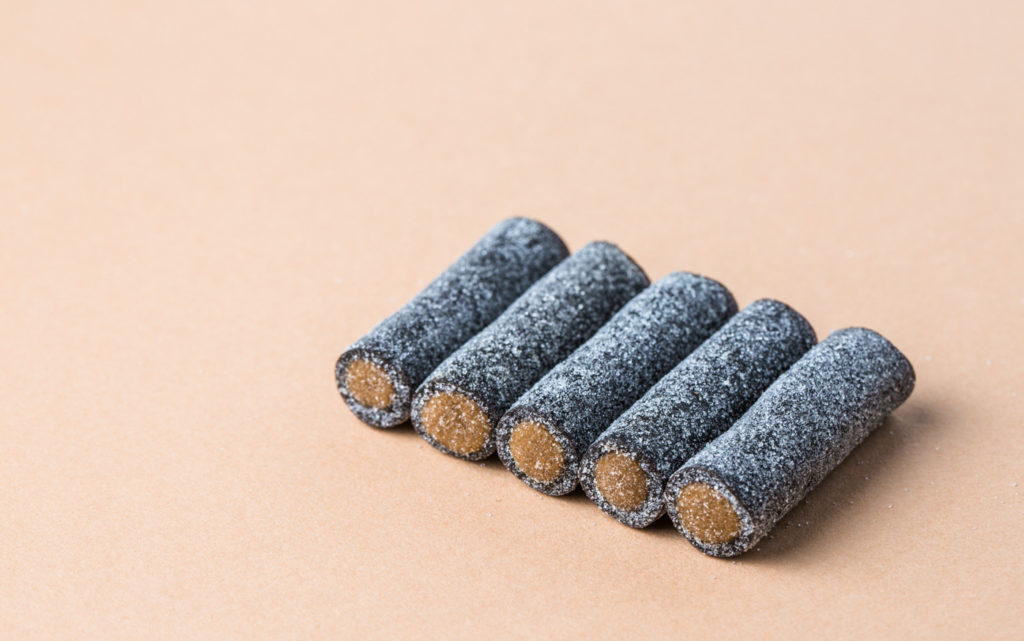
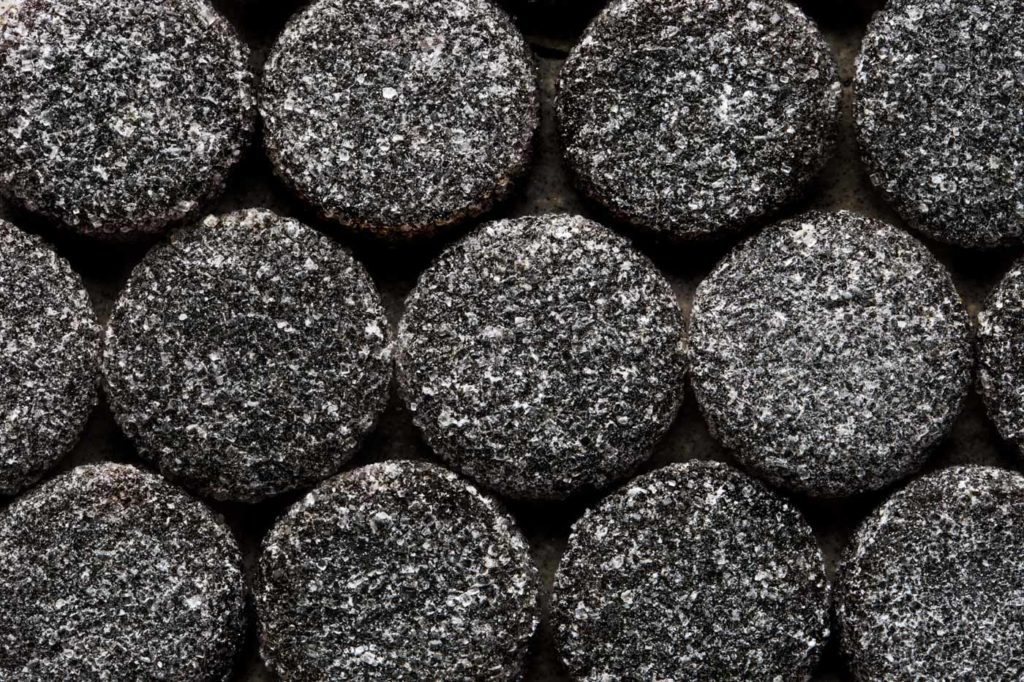

There is much debate about the approach to potentially harmful products on both sides of the pond, but in the candy business, Baras and Ernberg feel the result means a selection that not only kids can love, but also makes our health-obsessed culture of parents—or big kids like myself—feel good too.
But I don’t have kids. And while I care about my health and wellness as much as the next millenial, when I’m splurging on a sack of sugar, I’m in it for something far more primal. Flavor. Another category where Sockerbit’s quality counts. The candies are also free of high fructose corn syrup—a hot button ingredient over which war has been waged in food conversations, articles, studies and documentaries. But one thing is certain—when it comes to taste, the stuff was developed to give more bang for each buck. Bite for bite, pound for pound, it delivers a sugary punch in the teeth—an intensity you could never achieve with cane sugar. It is the reason that in mass-produced candy, sweetness—not flavor—is the primary sensation.
At Sockerbit, each candy is distinctive, and without HFCS and unnatural additives muddying the waters, flavors are crystal clear. Sockerbit candy, because of their adherence to these guidelines, not only delivers on taste, it changes the paradigm of what you thought possible with candy.
Most candy is so homogeneously sweet, all kinds of flavor enhancing chemicals are added to punch up the flavor. And because the palate can’t convince our brains of flavor, color is critical in informing the consumer of what they should be expecting––so commercially engineered dyes are added to the mix. Over the decades, this cocktail of ingredients has made candy the addictive and, instead of an acceptable treat, a category that has little in common with nature and a proven culprit for the development of sugar addiction, diabetes, not to mention skyrocketing rates of allergies.
Which is why, when I sit on a bench outside Sockerbit and sample my way through my stash, my mind is a little bit blown. Blueberry candy puts me back in the pick-your-own fields on the farm near my family’s home. Watermelon rambos that are the most basic essence of a beachfront picnic. I never once question or wonder what a flavor is intended to be. There’s no mistaking the peach for the banana or raspberry for strawberry. And those are just the flavors we’re used to. Just as vivid are the more unusual, like rhubarb and cola. But my favorite by far is the selection of Swedish licorice.
Stateside, the term is usually applied only to Red Vines and Twizzlers—the occasional jelly bean confused with its blueberry cousin (just a shade darker). But the real stuff—and what is found here at Sockerbit—has the honest to goodness aromas and warming essence of anise, combined with a bitter saline bite. That salt character ranges from mild and introductory, to some far more bracing (my personal favorite end of the spectrum).
Sockerbit’s candy also has aroma, a sense element missing in bags of supermarket candy. Fruity berries, herbal mint—which gives their gummies an uncommon dimension. And I find I don’t have the compulsion to crush one candy after another. Instead, I’m compelled to savor and save, finding a level of satisfaction never experienced in a bag of supermarket candy.
Sockerbit has had to jump through hoops to get their candies into the U.S. market, but candy-lovers are glad they were up to the task. “We do everything by the rules,” Baras says. “We were the first ones to import Swedish candy in bulk legally in the U.S. It took us two years to do everything we needed to do to import.”
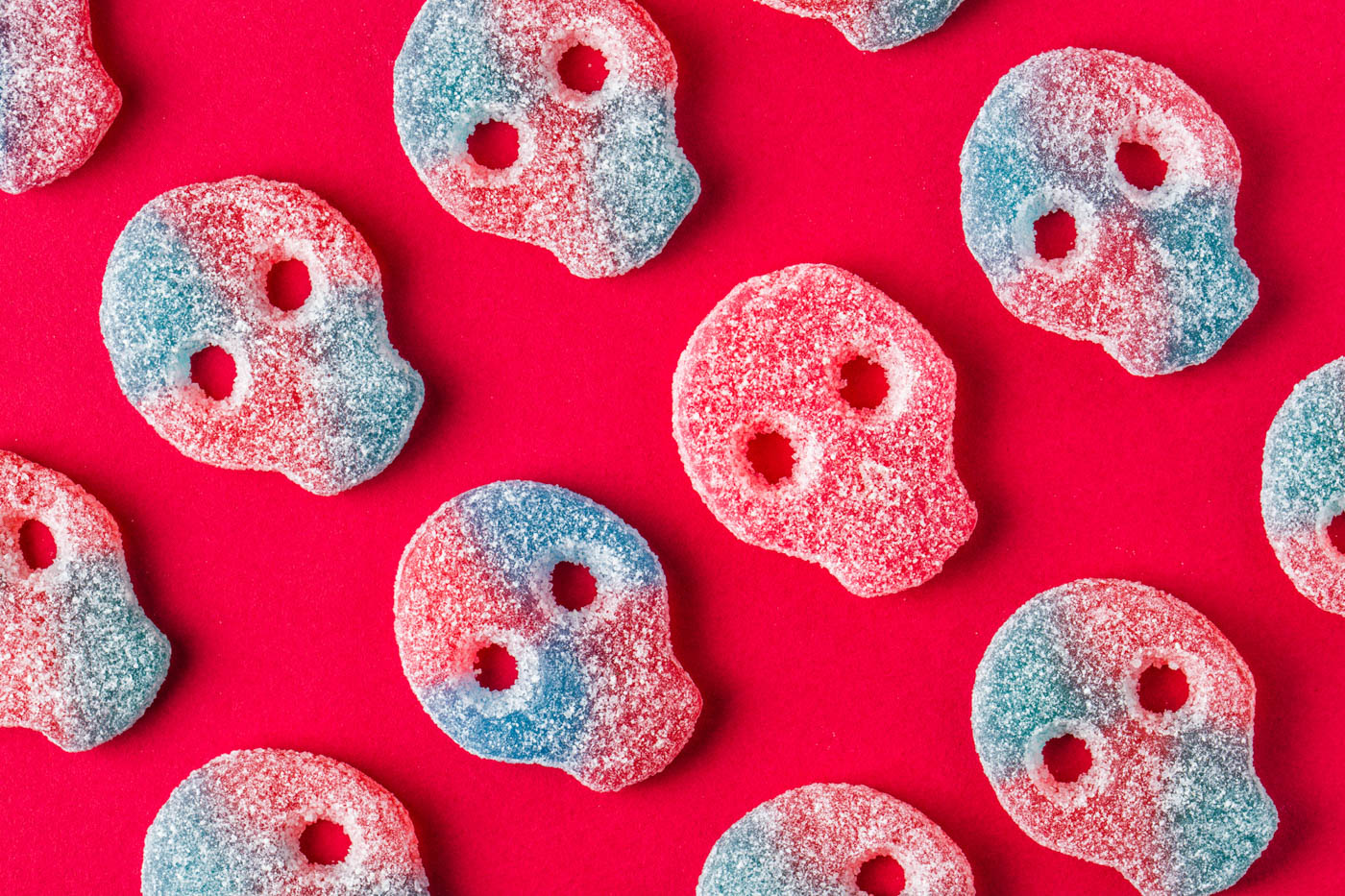
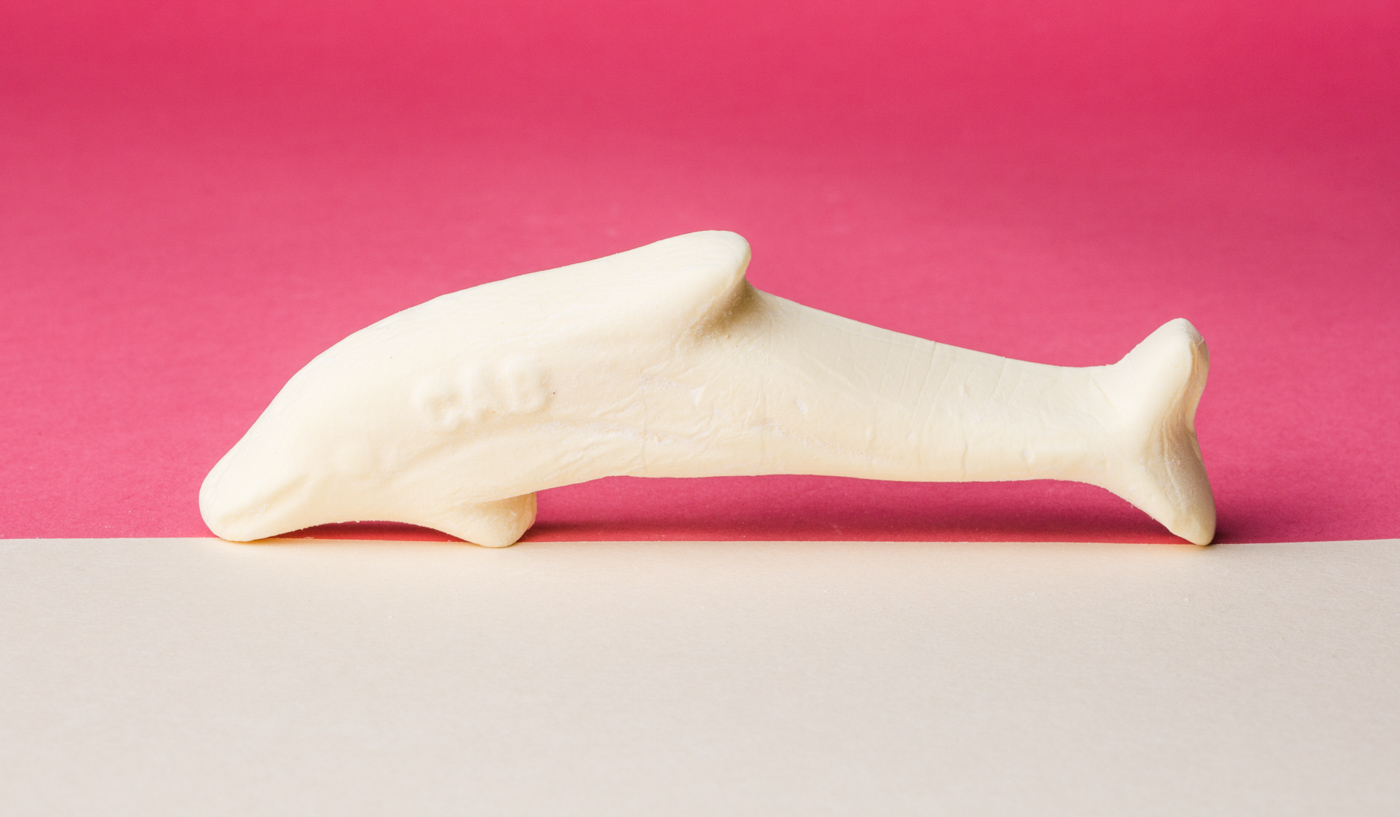
And the candy at Sockerbit is hardly as serious as the questions it raises about ingredients, quality, and international trade. If the natural colors and flavors aren’t irresistible, the shapes and descriptions make them impossible to turn down. Sour watermelon sticks are “guaranteed to refresh your day!” Or peach lips promise “sour kisses for your peachy friends!” Candies come in the familiar bear and fish forms, to less commonly sugared mammals like the marshmallow dolphin, as well as some farther out there—mushrooms, fried eggs, spare tires, pacifiers, and, a point of personal pride, gummy Ferraris.
To keep the selection exciting, the couple sources from multiple candymakers, and travels annually to Sweden in search of new flavors and shapes. They’ve cultivated relationships with small suppliers, some of whom have gotten their start in exporting through Sockerbit. “There are still producers that make maybe one or two candies, and it may be the first time their candy has been overseas,” Baras tells me.
The couple knows a bit about running a small business. “We sold everything we had,” Baras says of their early days in New York. “We were just two crazy people. We moved to the States and made our investment. We had no money at all, and it was really hard in the beginning.” The couple originally considered Singapore to launch Sockerbit, but chose to move to New York when a friend “told us the hardest place to start is the U.S., and then you can do it anywhere else,” Baras says—a foreshadowing perhaps of their willingness to face the challenges of importing.
Fortunately, it didn’t take long for their candy to find its audience. Eight years later, Sockerbit has a loyal following in stores and online. “We’ve never felt more welcome,” Baras says. “If Americans didn’t know about this quality candy [before], now they appreciate it. [Customers] tell us their kids don’t want to eat any other candy now.”
Baras says the couple is split on how they embrace the tradition in their own home. “[Steffan] loves to eat it on Saturday,” she says. But Baras, originally from South America, doesn’t feel as culturally compelled to follow the rules.“Swedes are like that; they’re very structured. I’m the opposite. I’m from Argentina. I always have candy in my bag—that rule doesn’t apply to me,” she says, laughing. Their son, on the other hand, is now two years old and a professional pick-and-mixer, partial to the marshmallow dolphin. “He knows exactly what he’s doing. He picks his five pieces and sits on a bench.”
Sockerbit’s mission is rooted in deep culture, founded on quality, and follows a tradition of moderation and mindful enjoyment—an appreciation for which they see in their adopted communities. “You create a consciousness in these kids. They come and pick their candy, and they don’t feel such guilt. The quality makes it worth it. It’s a different experience. That’s what we wanted to create,” Baras says. “Because if you can have a treat, it better be good.”
Sockerbit hopes to restore the balance, and by bringing that Swedish tradition stateside, perhaps they can help us return to a place of joy in candy.
According to Sockerbit’s website, “You could say that each person’s candy bag reflects the state of mind of that person.” I admit it, when I go to Sockerbit, I get a little crazy. But when I check out, I feel good about every delicious jewel I select. For Baras and Ernberg, it’s a singular purpose—to make sure their customers and community leave their store with a bag of something tasty, and a smile their dentist could be proud of. Because even the blackest piece of licorice—no matter how shadowy its history—can brighten any day of the week.
Special thanks to Rose Pryor for research support.






Our comments section is for members only.
Join today to gain exclusive access.